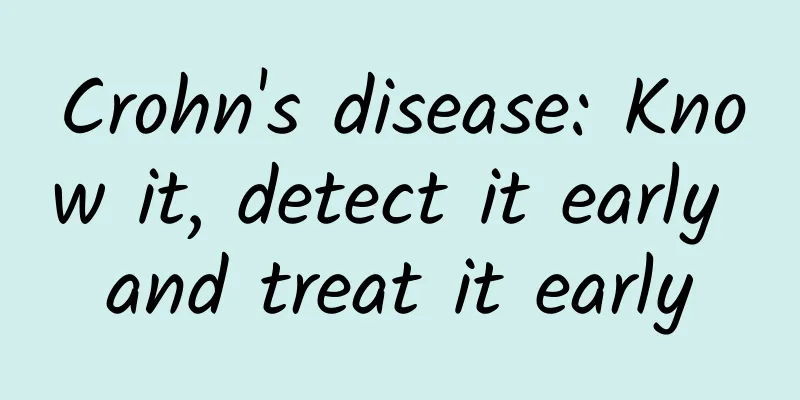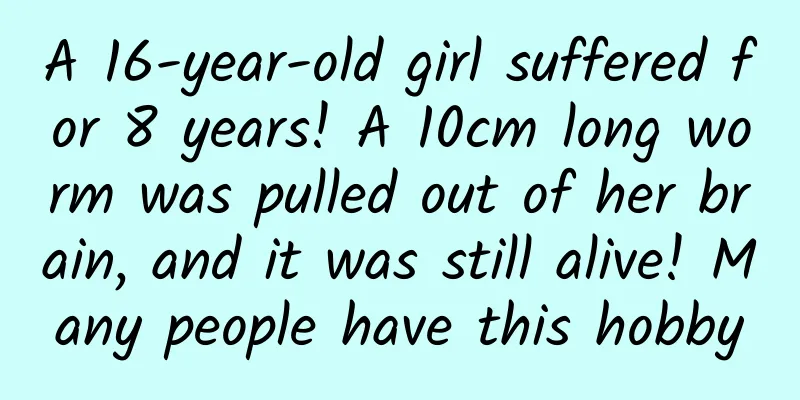Can I still get correction at my age? Answer: Let’s become beautiful together

|
This is the 2929th article of Da Yi Xiao Hu Many friends who love beauty may have seen a news report about a famous female artist who denied plastic surgery after getting her teeth fixed. But can orthodontic treatment really produce such stunning results as plastic surgery? Is there an age limit? Today we will answer some common questions about "adult correction". 1. I am not young anymore, can I still get my teeth straightened? A: Of course. We professionally call orthodontics the process of straightening teeth. In fact, there is no age limit for orthodontic treatment, but your periodontal condition must be healthy enough. Therefore, we recommend that friends consult a periodontist before orthodontic treatment to see if they meet the orthodontic conditions. Even if they do not meet the conditions, do not be discouraged, because we can use the corresponding periodontal treatment to make our periodontal condition relatively stable and healthy before orthodontic treatment. 2. Can orthodontic treatment really have the same miraculous effects as cosmetic surgery? Answer: It is not the same as plastic surgery, and the effect varies from person to person. Orthodontic treatment is to move teeth through force, thereby solving the existing malocclusion problem (malalignment: various deformities caused by the imbalance between the teeth, jaws, and craniofacial region). You may ask again, doesn’t it also solve the craniofacial region? It is like this. After the age of 18, the growth and development of our craniofacial region basically stops. At this time, we cannot simply cause the redevelopment and reconstruction of the craniofacial and mandibular bones by moving teeth. For some patients with severe malocclusion caused by bony factors, we often need to use orthodontic-orthognathic combined treatment. This type of patient can only achieve the miraculous effect of a complete makeover through combined orthognathic surgery (we will talk about orthognathic surgery in the next issue). 3. Why do friends around you feel that their facial shapes have changed after orthodontic treatment? A: That is true. We often see many adult patients who find that their profiles become better, their mouths are less protruding, and their contours are more delicate after orthodontic treatment, especially for tooth extraction and retraction. However, some people feel that their faces have become longer and thinner after their teeth are aligned, or that their cheekbones have become higher, or even have "braces face". These situations occur because orthodontic treatment can improve our bite and guide the remodeling of the alveolar bone, which is finally reflected in the changes in the lower 1/3 of the face. Some people have particularly long front teeth and particularly short back teeth, which can easily lead to a dense bite of the back teeth. If such patients have the bad habit of clenching their teeth, it is likely to cause the masseter muscles to become more and more developed (especially for low-angle patients, that is, the lower 1/3 of the face is relatively short and square). Through orthodontic treatment, we can raise the height of the back teeth and make the mandible make a certain clockwise rotation. The height of the lower 1/3 of the face will increase, and the original short face will become slightly longer. Therefore, visually, the face will feel slightly longer and the cheekbones will feel slightly higher. In addition, orthodontic treatment often causes changes in chewing habits, resulting in changes in chewing efficiency, which in turn causes changes in the patient's muscle strength, or even muscle atrophy, which in turn affects the distribution of fat tissue above or below these muscles, and finally causes a series of cascade reactions, causing changes in facial soft tissue, commonly known as "braces face", manifested as sunken temples, prominent cheekbones, and sunken cheeks. This type of patient can generally recover gradually after the end of orthodontic treatment. Of course, we can also prevent it by increasing facial muscle exercises. 4. Does orthodontic treatment require tooth extraction? A: First of all, whether to extract teeth depends on your complaint, the actual situation in your mouth and the doctor's plan. In what situations do teeth need to be extracted? They are mainly concentrated in (1) insufficient space: crowded teeth, bone volume less than tooth volume; (2) want to solve facial shape problems such as protruding mouth; (3) poor occlusion. Of course, expanding the dental arch and deglazing the adjacent surfaces can also provide a small amount of space, but you still need to communicate with your orthodontist to find a plan that suits you. 5.Will tooth extraction cause facial collapse? A: When orthodontists choose to extract teeth, they usually choose the premolars located in the middle and back section, which are often called teeth No. 4 or No. 5. They will not choose to extract canines or incisors. Our canine roots are very long and are located at the corners of the mouth, which play a role in facial support. When extracting teeth No. 4 or No. 5, the face shape changes more in the front-to-back direction, and the horizontal direction does not change significantly. Therefore, there are very few cases of facial collapse due to tooth extraction. 6. Will it cause teeth to fall out? A: No. Because the principle of orthodontics is that the movement of teeth is accompanied by the absorption and regeneration of bone tissue around the teeth, which is a slow and steady process. During orthodontic treatment, teeth may become slightly loose, but this is only temporary and will eventually stabilize. The real cause of tooth loss in adults is periodontitis, so during orthodontic treatment, we must pay attention to maintaining oral hygiene and protecting periodontal health. 7. Does adult orthodontics take a long time? A: Orthodontic treatment for adults does take longer than that for adolescents. We usually recommend two years or more. This is because the remodeling of the alveolar bone in adults is slower than that in adolescence and is more prone to relapse. Therefore, retainers are often required for a long time or even for life. Today, the questions about adult orthodontics are answered here. If you, the beauty-loving ladies and gentlemen, are not satisfied with the appearance of your teeth, don’t worry about your age. Take action and become beautiful and handsome together! Author: Department of Orthodontics, Affiliated Stomatological Hospital of Tongji University Liao Chongshan Attending Physician |
Recommend
How long does it take from the start of ovulation to the end of ovulation?
Human life is very strange. When a woman starts f...
Ectopic pregnancy surgery video
The whole process of laparotomy for ectopic pregn...
My cerebral infarction can be cured, why can't the old man? Because he missed the treatment time
In the hospital, an aunt was crying and begging t...
Should I eat the rice first or drink the soup first? What you eat first makes a big difference
When it comes to nutrition and health, the first ...
What are the symptoms of uterine cold in women?
Many female friends may not realize that they hav...
What happens if you skip breakfast when you are pregnant?
Women need to take good care of their bodies afte...
How to care for hair after curling?
Women's hairstyles are always changing becaus...
What causes breast pain in the morning?
There are many reasons for breast pain when you w...
Is it better to have a medical abortion or a surgical abortion?
We all know that many women get pregnant without ...
I have had sex 6 times in the second month of pregnancy
During pregnancy, couples can have sex, but the t...
The cleaner your skin is, the better?
That is not the case. While skin cleansing is a s...
What to eat after menstruation to enlarge breasts
How to enlarge breasts has become a topic of grea...
White with a little brown
If the leucorrhea is a little brown, it may be du...
Can I take intravenous anti-inflammatory drugs during menstruation?
We all know that women need to take good care of ...
How to treat uterine amenorrhea
Amenorrhea is a common gynecological disease in w...









